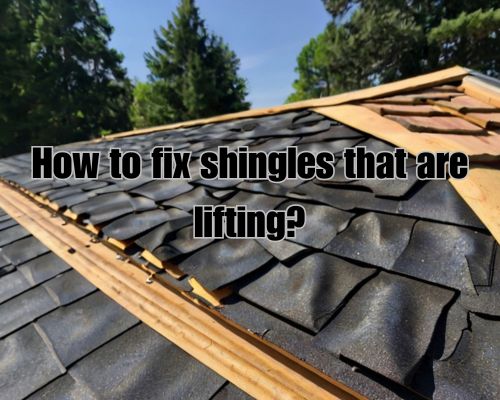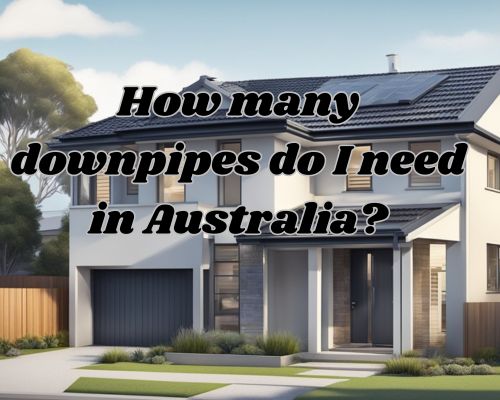How Much Does It Cost to Redo a Metal Roof in New Jersey?
How Much Does It Cost to Redo a Metal Roof in New Jersey?
Redoing a metal roof can be a significant investment for homeowners, but it is also an upgrade that brings long-term durability, aesthetic appeal, and energy efficiency. If you’re a homeowner in New Jersey, understanding the cost breakdown for replacing or upgrading your metal roof is essential. This guide explores the key factors influencing the cost of redoing a metal roof in New Jersey, including materials, labor, and location-specific considerations.

Understanding the Average Costs of Metal Roofing
The cost of redoing a metal roof in New Jersey typically ranges between $7,000 and $25,000, depending on several variables. On average, homeowners can expect to pay $10 to $15 per square foot for materials and labor combined. For a standard 2,000-square-foot home, this means an approximate cost of $20,000 to $30,000. However, the price can vary significantly based on your choice of materials, roof complexity, and contractor expertise.
Common Metal Roofing Materials
The type of metal used plays a significant role in determining the overall cost. Here are the most common metal roofing options:
- Aluminum Roofing: Lightweight, rust-resistant, and energy-efficient, aluminum roofing costs range between $3.50 and $5 per square foot for materials alone. This is a popular choice in coastal areas of New Jersey like Atlantic City, where salt air can accelerate corrosion in other metals.
- Steel Roofing: Available in galvanized or galvalume options, steel roofing costs between $5 and $10 per square foot. Its strength makes it ideal for regions like Newark or Jersey City, where weather conditions can be unpredictable.
- Copper Roofing: Known for its unmatched longevity and aesthetic appeal, copper roofs can cost up to $20 per square foot. Copper roofing is often seen in historic homes around Princeton and Morristown, adding a timeless charm to these properties.
- Standing Seam Metal Roofing: This modern option averages $7 to $14 per square foot. It’s popular in urban areas such as Hoboken and Montclair for its sleek appearance and superior leak resistance.
Factors Affecting Metal Roof Costs in New Jersey
Several factors influence the cost of redoing a metal roof in New Jersey, beyond just material selection:
1. Roof Size and Complexity
- Larger roofs require more materials and labor, increasing the overall cost.
- Complex roof designs with multiple slopes, dormers, or chimneys demand additional labor and custom solutions.
2. Local Labor Costs
- Labor costs in New Jersey vary by region. Urban areas such as Newark or Trenton often have higher labor rates compared to rural locations in Sussex County or Cape May.
3. Permits and Inspections
- In New Jersey, permits are typically required for roof replacements. Permit fees can range from $200 to $500, depending on your municipality.
4. Tear-Off Costs
- If your existing roof needs to be removed, expect to pay an additional $1 to $3 per square foot for tear-off and disposal.
5. Weather Conditions
- New Jersey’s diverse climate, from snowy winters to humid summers, may require additional insulation or coatings to enhance your roof’s performance.
See https://cjcommercialroofingnj.com/ for more.
Benefits of Investing in a Metal Roof in New Jersey
While the upfront cost of redoing a metal roof may seem high, the long-term benefits often outweigh the initial investment:
- Durability: Metal roofs can last 40 to 70 years, far exceeding the lifespan of asphalt shingles.
- Energy Efficiency: Reflective coatings reduce cooling costs in the summer, which is ideal for hot summers in South Jersey.
- Low Maintenance: Unlike other roofing materials, metal roofs require minimal maintenance, saving you money over time.
- Increased Home Value: In competitive real estate markets like Bergen County, a metal roof can enhance your home’s curb appeal and resale value.
- Environmental Friendliness: Most metal roofs are made from recycled materials and can be fully recycled at the end of their lifespan.
Local Considerations for Metal Roofing in New Jersey
New Jersey’s diverse geography and weather conditions make metal roofing an excellent choice for homeowners. Here’s how location plays a role in the decision-making process:
- Coastal Areas: Towns like Wildwood and Long Branch benefit from aluminum or coated steel roofing due to their resistance to corrosion from salt air.
- Snow-Prone Regions: Northern areas like Sussex County require metal roofs designed to handle heavy snow loads, making standing seam or steel roofing a preferred choice.
- Urban Areas: In cities such as Camden or Elizabeth, homeowners often choose metal roofs for their modern aesthetics and ability to reflect heat, reducing urban heat island effects.
How to Choose the Right Contractor in New Jersey
Selecting the right contractor is crucial to ensuring a smooth roof replacement project. Here are some tips for New Jersey homeowners:
- Check Licensing and Insurance: Ensure the contractor is licensed to work in New Jersey and carries liability insurance, see https://cjcommercialroofingnj.com/.
- Get Multiple Quotes: Compare quotes from at least three local contractors to ensure competitive pricing.
- Read Reviews: Look for contractors with positive reviews from homeowners in your area.
- Ask About Warranties: A reputable contractor will offer warranties for both materials and workmanship.
Financing Options for Metal Roofing in New Jersey
The cost of redoing a metal roof can be significant, but there are financing options to make it more affordable:
- Home Equity Loans: Tap into your home’s equity to cover roofing costs.
- Contractor Financing: Many New Jersey roofing contractors offer financing plans with flexible terms.
- State Programs: Check for local incentives or tax credits for energy-efficient upgrades.
Final Thoughts on Metal Roof Costs in New Jersey
Redoing a metal roof is an investment that offers unmatched durability, energy efficiency, and aesthetic appeal. While costs can vary based on materials, labor, and location-specific factors, the long-term benefits make it a worthwhile upgrade for New Jersey homeowners.
If you’re considering a metal roof replacement, consult with local experts to get a detailed quote tailored to your needs. Whether you’re in Cape May, Hoboken, or Sussex County, a metal roof can provide a sturdy and stylish solution to protect your home for decades to come.












